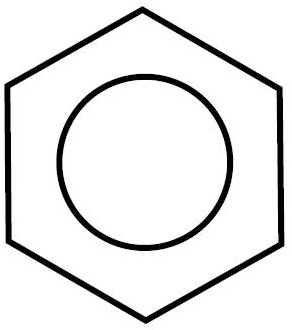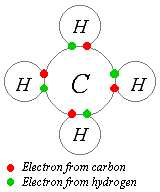- A ketone is a hydrocarbon chain with a double bonded oxygen that is NOT on either end! (I repeat, the double bonded oxygens are not on the end, rather, are in the middle!
- An Aldehyde is a compound that has a double bonded oxygen at the END of the a chain.
- Follow standard rules and add -one to the parent chain for Ketones
- Follow standard rules and change the parent name ending to -al in Aldehydes
Propanone is a ketone. Propanal is an aldehyde. NOTE their endings and where the oxygens are bonded!
Lets try some examples shall we.......
Draw the structural diagrams for the following Ketones:
a) 2, 4 dimethyl 3 pentanone
b) 2 chloro 4 methyl 3 hexanone
c) 1,2,2 trichloro 4,4 difloro 3 butanone
Now try naming the following compound:
Highlight for answer: 2 ethyl 4 floro 2 methyl 3 hexanone
Getting it so far? Great! Let's try a couple of ALDEHYDES and we're all set for today.
*remember an aldehyde is a compound that has a double bonded oxygen at the END of a chain! So Oxygen atoms will be found on the ends of these chains, and will have an ending of -al to give us a clue
1) Count 4 carbons = Butane
2) Add ending "-al" to Butane = Butanal
Draw a structural diagram for
2,3 dibromo 4 propyl pentanal
That is all. Post by Ren Ren Flores

























